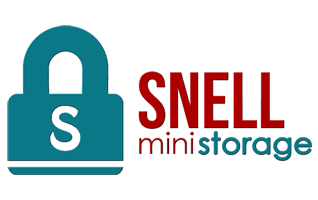Heat is often the most significant concern when figuring out what not to store in your shed. Temperatures can get extremely hot inside a shed in the middle of summer, depending on where you live. The cold is an issue for sensitive items, but safety can become a concern when things get too hot.
Paint will break down under extreme heat, and food items will spoil. Before filling your backyard storage shed with things you want to get out of the house, you should consider how they’ll do in triple-digit temperatures.
That said, outdoor sheds are a fantastic storage extension option. They’re typically perfect for gardening tools, yardwork equipment, and house hardware you’re not using but want to keep.
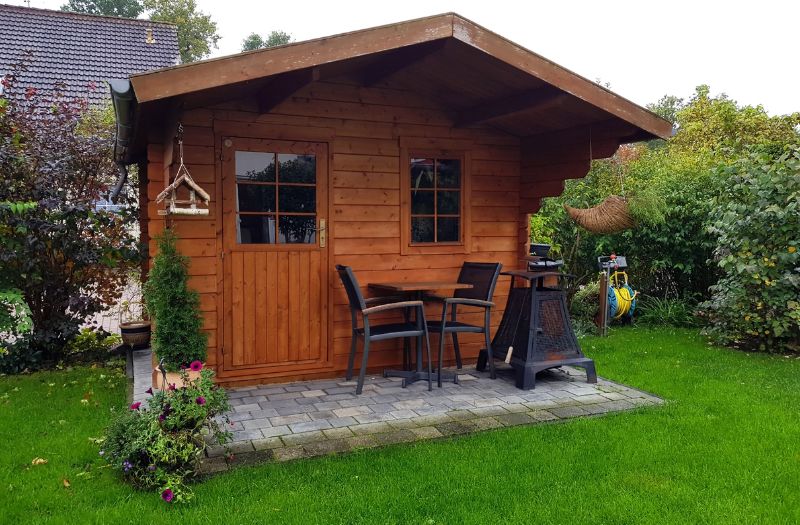
Here are some things you should store in a shed and items you don’t want to put in there and why.
Things You Should Never Put in a Shed
In addition to hot temperatures, humidity is also a concern for people deciding what to put in their sheds. If you can’t control the moisture levels in your shed or you live in a particularly humid area, then mold will likely be a constant concern.
Some items won’t do very well inside a hot, humid shed.
Food items
Avoid keeping anything food-related inside a storage shed. The only exception is large sealed plastic bins of grains and other dry goods. They’ll do fine in different temperatures. Cans of food or anything fresh should stay in the house.
If you put food in a shed, it will likely rust or rot. In addition, food will attract insects, rodents, raccoons, and other animals. Too many people underestimate how well animals can smell and scrounge for food. It’s not worth saving the space inside.
Besides the animal concerns, hot temperatures in your shed can affect how the food keeps and tastes when you finally open containers.
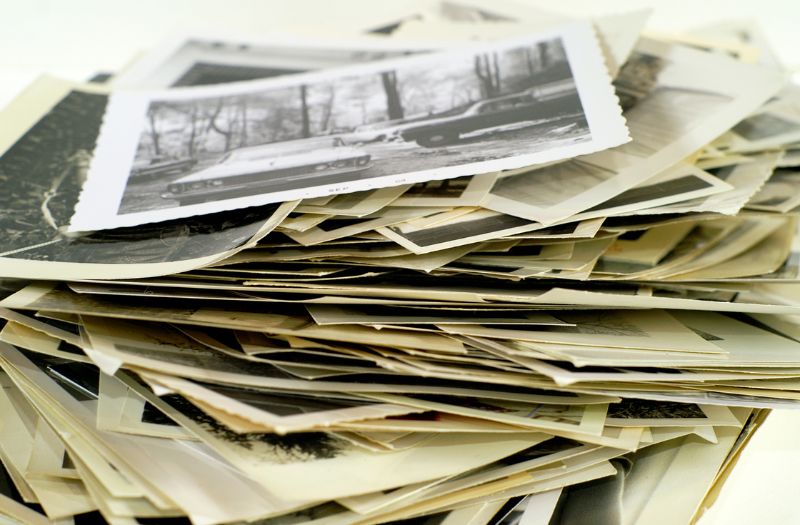
Photographs
Don’t put any photographs or other sensitive keepsakes in your shed. Ideally, you’ll use the shed to keep tools, buckets, wheelbarrows, and other equipment to free up space inside for your prized possessions.
The heat will cause discoloration and other damage to photographs, newspaper clippings, magazines, yearbooks, and other paper items. Keep them in the basement, where you can easily control the temperature.
Paint
It’s common to think storing extra paint buckets in a storage shed is a good move. However, once again, heat will be a significant issue. When things inside get too hot, the paint will start to deteriorate.
Even cold temperatures will make paint clumpy and impossible to use. Stirring it won’t help much, and you’ll eventually have to throw it away.
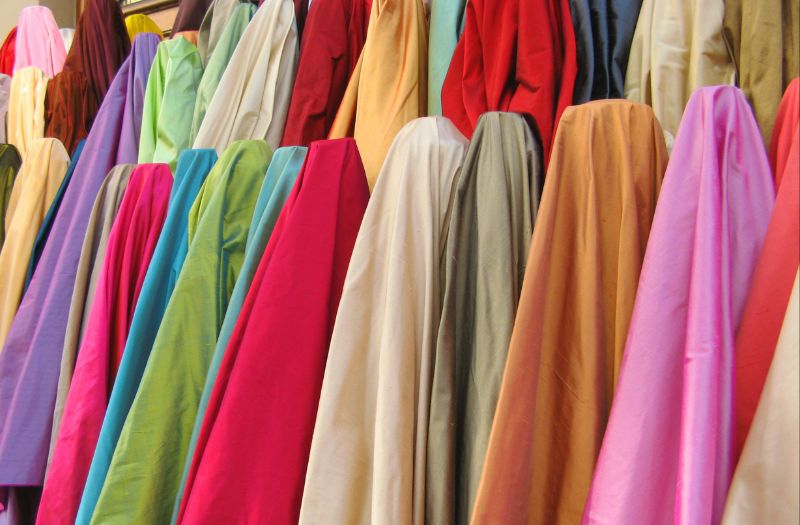
Fabrics
Only store fabrics in a storage shed if you can keep them covered and protect them from too much light exposure.
Putting anything like blankets or extra clothing in a storage shed attracts moths and insects. If they’re inside the shed for too long, say years, they’ll develop a musty smell that no amount of washing will get out.
If you must store clothing, blankets, sheets, or other fabrics in the shed, put them in tightly-sealed garbage bags and store them in sealed plastic tubs. Avoiding keeping any clothing in the shed for more than a year.
Fragile Electronics
People make the mistake of thinking they can store unused electronics in sheds because power tools and yard equipment have electrical components.
However, those wires and circuits are housed in thick rubber or plastic casings. Smaller household stereos, phones, and other items aren’t as protected. As a result, rust gets to them much easier.
Never store anything like televisions in a shed because the heat and humidity will likely ruin them.
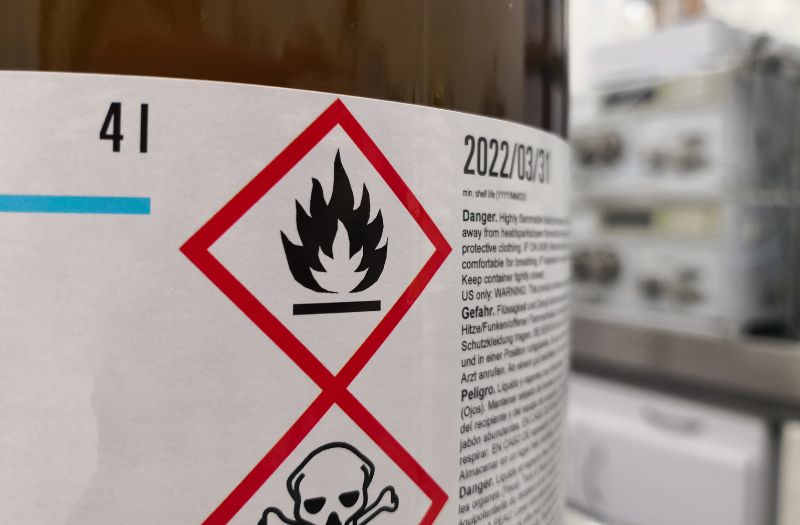
Flammable Items
When you can’t control the temperature inside your shed, you should avoid storing anything explosive or flammable.
This includes things like ammunition, fireworks, or anything else that’s very sensitive to intense heat.
Gasoline and propane tanks are notable exceptions to this rule because they’re not vulnerable to outdoor temperatures.
Things You Should Store in a Shed
We’ve covered what you shouldn’t keep inside a shed, but what about what you should keep in there? Backyard storage sheds are ideal for people who want to stay organized and keep clutter out of garages and basements.
If you’re considering installing a new shed or you’re new to a home with a shed in the yard, here are some tips for what you should keep in there and how it helps you stay sorted at home.
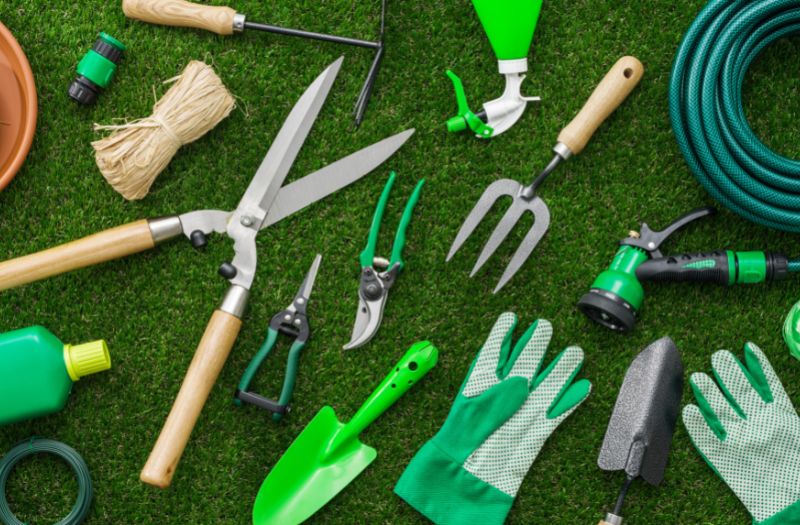
Gardening Tools
Gardening tools are at the top of the list for what goes best in a storage shed because they’re durable and not sensitive to swings in temperature.
Store all your shovels, rakes, hoes, wheelbarrows, and other items inside to keep them out of the yard and prevent them from falling over and dinging your car in the garage.
Many sheds come equipped with racks that will keep your tools upright or hanging from the wall, so they stay organized and easy to access when you’re ready to work in the garden.
Storage sheds are also perfect for unused gardening items like tomato terraces, planter pots, wooden planks for raised beds, etc.
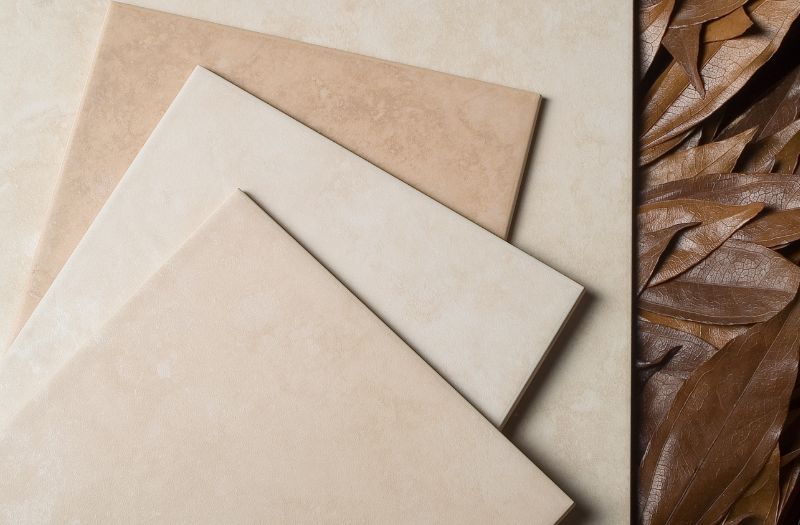
Extra Tiles
Do you have extra bathroom or kitchen subway tiles that you want to keep around but don’t want to clutter up indoor spaces? Well, you can keep them in a shed because they’re not affected by swings in temperatures.
Put them on a shelf inside the shed for when you need to replace a tile or run to the store to match styles before you order a new batch.
Gas & Propane
You can store your gas and propane tanks in sheds because the tanks protect them from intense heat. They’re also not bothered by colder temperatures.
Keeping your flammable liquids in a shed beats keeping them in the garage or elsewhere in the house because it reduces fire risks.
Whether you’re keeping your gas-powered mower in the shed or a backup gas can for when your kids run out of fuel, you shouldn’t have to worry about them being in the shed.
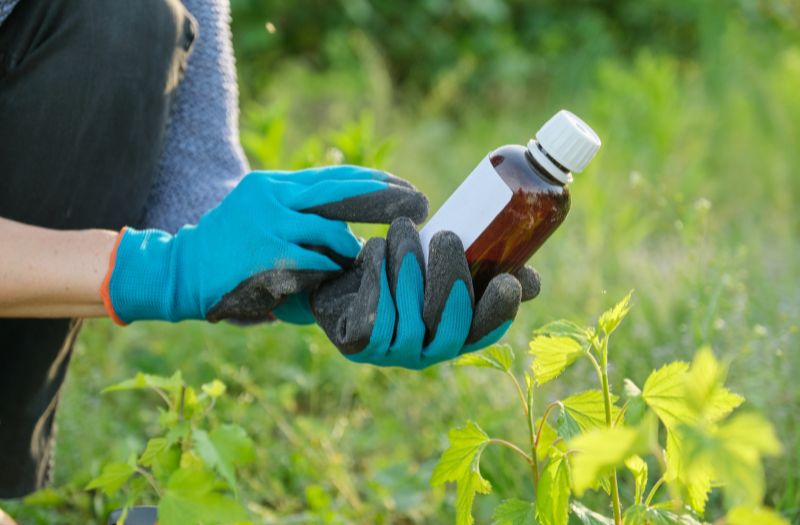
Garden Chemicals
Fertilizers, weed killers, and other gardening chemicals should also go in the shed. This keeps them away from pets and kids in your house.
Keeping them outside in the elements also makes it easier for animals in the neighborhood to get to them, which is something you’ll want to avoid.
Outdoor Furniture
Many homeowners stick their outdoor furniture in sheds when it’s cold and rainy outside. If you live somewhere with cold winters, you can get more years out of your deck chairs by keeping them in a shed.
Rain and snow, as well as long-term sun exposure, will damage outdoor furniture. Modern outdoor furniture is typically lightweight, which makes it easy to move items in and out of the shed when you want to use them.
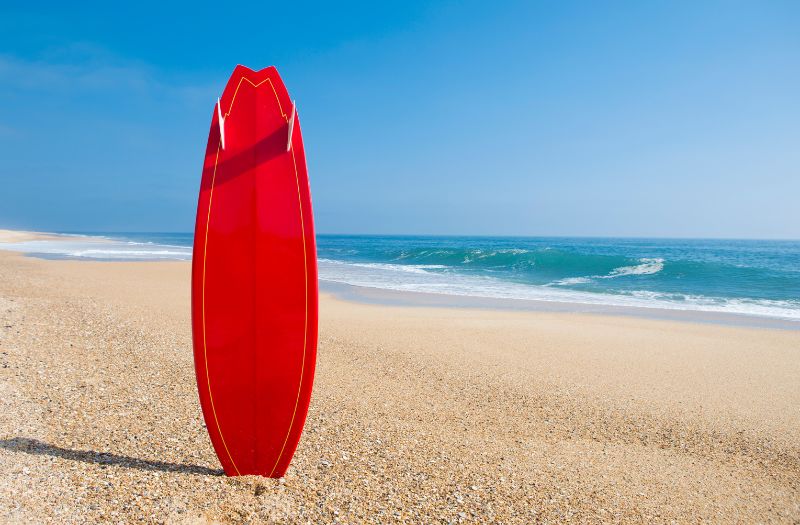
Seasonal Recreational Equipment
Toys, surfboards, skis, water toys, and other recreational items do well in the shed and help keep garages free of clutter.
Conclusion
Having a shed is a fantastic bonus for homes. They help people stay organized and protect their property so they last longer.
Hopefully, this list helps you decide what goes best inside your shed or whether you should buy a backyard shed for gardening tools or other items.
Things that are sensitive to heat and humidity should stay out of sheds. However, if finding storage space is a must, you should consider putting those things in a self-storage facility or creating room in the garage or basement by clearing unused items out.

If you’re looking for a storage facility to store your belongings, Snell Mini Storage has got you covered. At Snell Mini Storage, we offer a wide range of unit selections. To learn more about our self-storage facility, please check out our website at https://snellministorage.com/.
